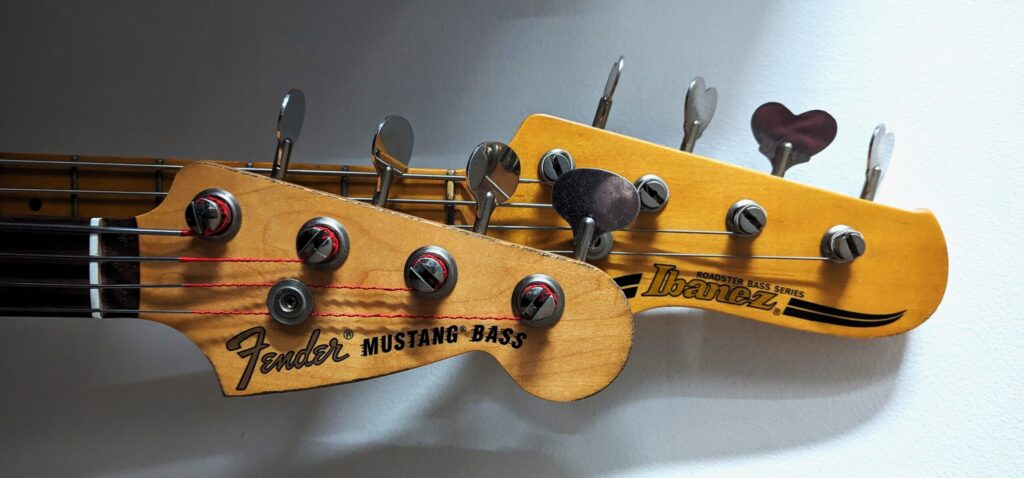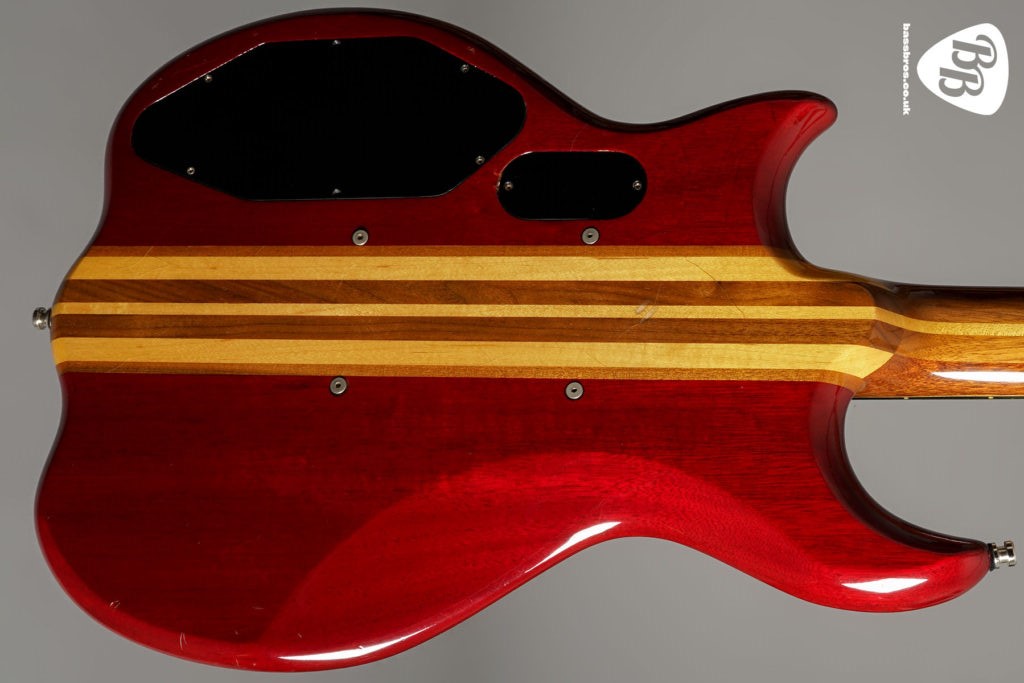The Burning Questions of Bass Answered Pt. 1
Talking shop at BassBros mostly means talking bass (it’s a tough life) and over the years we’ve covered every topic under the sun. Some discussions crop up more often than others, however, and we’re going to take this opportunity to get some answers down on digital paper and set the record straight.
If you’ve got a question not answered here or elsewhere in the digital realm, fire us a message and we’ll see about getting it solved! With that said, here are our answers to some of the burning questions of bassists around the world. We plan to add more to this series, so keep your eyes peeled for part 2.
What is a short scale bass for?
Short scale basses have seen a surge in popularity in recent years but are all too often still seen as the second-cousin to our trusty 34” scale brethren. There’s certainly been some stigma around playing a shorter scale instrument, with some arguing that they lack the same definition of a long scale bass and are ‘cheating’ – a statement we find kind of ridiculous, personally. If it plays well and sounds good, it’s good!
Short scale basses absolutely have differences to long scale basses, the most notable being:
- Smaller spacing between frets and a shorter neck aids in playability and ease of use for those with smaller hands
- Lower string tension compared to long scale with equivalent strings improves playing speed but requires some technique adjustment
- Typically lighter weight improves comfort during long gigs and is ideal for anyone with back, neck, or shoulder aggravations
- Reduced transient tones and a stronger fundamental note due to reduced string length
Short scales offer several tangible benefits over long scale basses, especially in the playability and comfort department, requiring less stretching across frets to play the same riff and being less physically taxing to play. You can see a clear difference in the length of a 30″ scale and 34″ scale bass in the picture below.

Regarding tone, it is probably the biggest point of controversy and worth exploring if you can get your hands on a quality short scale bass. Due to the shorter length of the strings at only 30”, the tone of a plucked note is considerably darker and more rooted in the note itself. Long scale basses often have more pronounced overtones and transient notes accompanying the fundamental note you play, which can add dynamics and richness to your sound. With that said, many famous bassists have relied on short scale basses to drive their sound – Paul McCartney (The Beatles), Bill Wyman (Rolling Stones), and Tina Weymouth (Talking Heads) – so it’s gotta be good!
Are neck-through basses better?
While the majority of basses that pass through BassBros are bolt-on designs, where the neck and body are manufactured separately and bolted together, we are no strangers to some of the gorgeous neck-through basses that come our way. But which is better? Are they even different?
Well, it’s a difficult one to answer definitively, given the mutable nature of basses – different woods, electronics, scale lengths, construction processes, string choice, and more – but we have noticed a few factors worth considering.
In our experience, neck-through basses typically:
- Have a better feel at the upper frets due to a seamless neck heel
- Feel incredibly sturdy due to their interconnected construction
- Deliver superb sustain and a consistent tone
- Are less susceptible to ‘ski jump’ neck issues – where a bump can develop at the point the neck meets the body – than bolt-on basses
The main drawback to a neck-through bass is in repairability and maintenance. Given that the neck and body are permanently connected, any issues that do arise with your neck or body that can’t be remedied will likely spell the end of that bass guitar’s utility.
With a bolt-on, providing the measurements fit, it is a relatively common practice to swap out necks to meet the needs of the individual. These kinds of issues are incredibly rare in our experience and very few are serious enough to write a bass off completely, but it’s worth mentioning nonetheless!
How often should I service my bass?
In a perfect world, our beloved basses would withstand all the travel, storage, gigging, and abuse/love (depending on your point of view) that we dish out to them. The reality is, however, that every bass on the planet is going to need looking at every so often.
There’s no hard and fast rule, as it largely depends on how much use you get out of that specific instrument, but we have a few pieces of advice that will help to keep your bass in top playing condition for years to come.
- Cleaning – every 3 months
- General check and adjustments – every 6 months or if the bass feels odd to play
- Full service – every 12 months
If you follow these guidelines, you should be in good stead to keep your bass from developing any issues and it will always be in playing condition when you need it. We always recommend learning how to maintain your instruments, as it can save you money and help you understand more about your instrument, but don’t be afraid to take your bass to a qualified luthier or guitar technician for the bigger services to get the best results.
How do you maintain a bass properly?
Bass maintenance is more than the setup itself, maintenance involves every aspect of handling your instrument. Here are our top tips for ensuring your bass is kept in the best condition:
- Store your bass in an upright position with the headstock at the top or store it lying down without weight on the case. If you are storing your bass for lengthy periods without playing it or checking on it, detune the strings to reduce the tension on the neck
- Keep your bass in a humidity-controlled environment whenever possible, and be sure to check neck relief and tuning whenever you have transported the instrument through numerous temperature or humidity changes
- Setup and check over your instruments regularly, following setup guidance for the best results, and get familiar with how your bass feels when set up optimally so you know when it’s changed
We’ll be releasing our step-by-step setup guide soon, the very one we use in-house when setting up basses for you to try in-store, so keep an eye out for that post. We’ll also be following this up with a part 2 answering more of the burning questions of bass in the future. That’s all for today!

Worldwide Shipping
available with all orders

Sell or Trade
Sell/trade your bass or find your next bass

Have a question?
Want to know more?
Join our newsletter.
An update on the latest new guitars at BassBros,
live video demo’s, promotional offers and giveaways.

